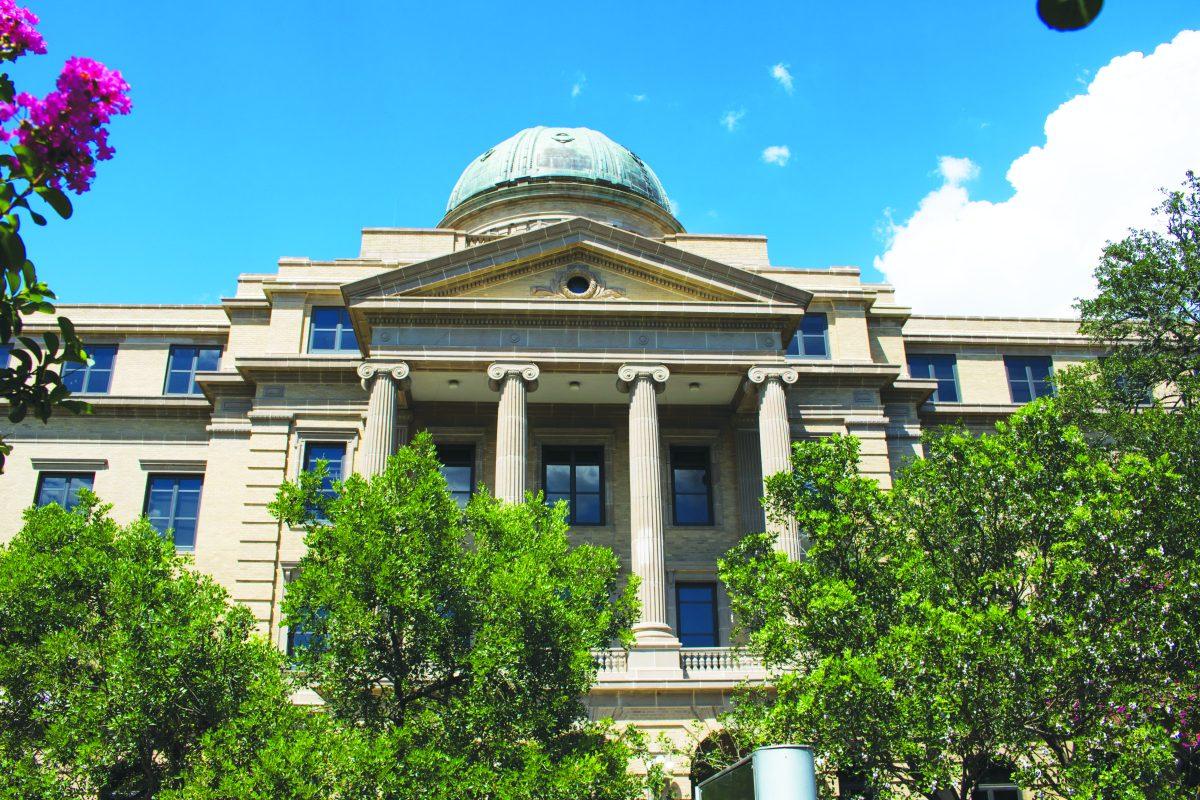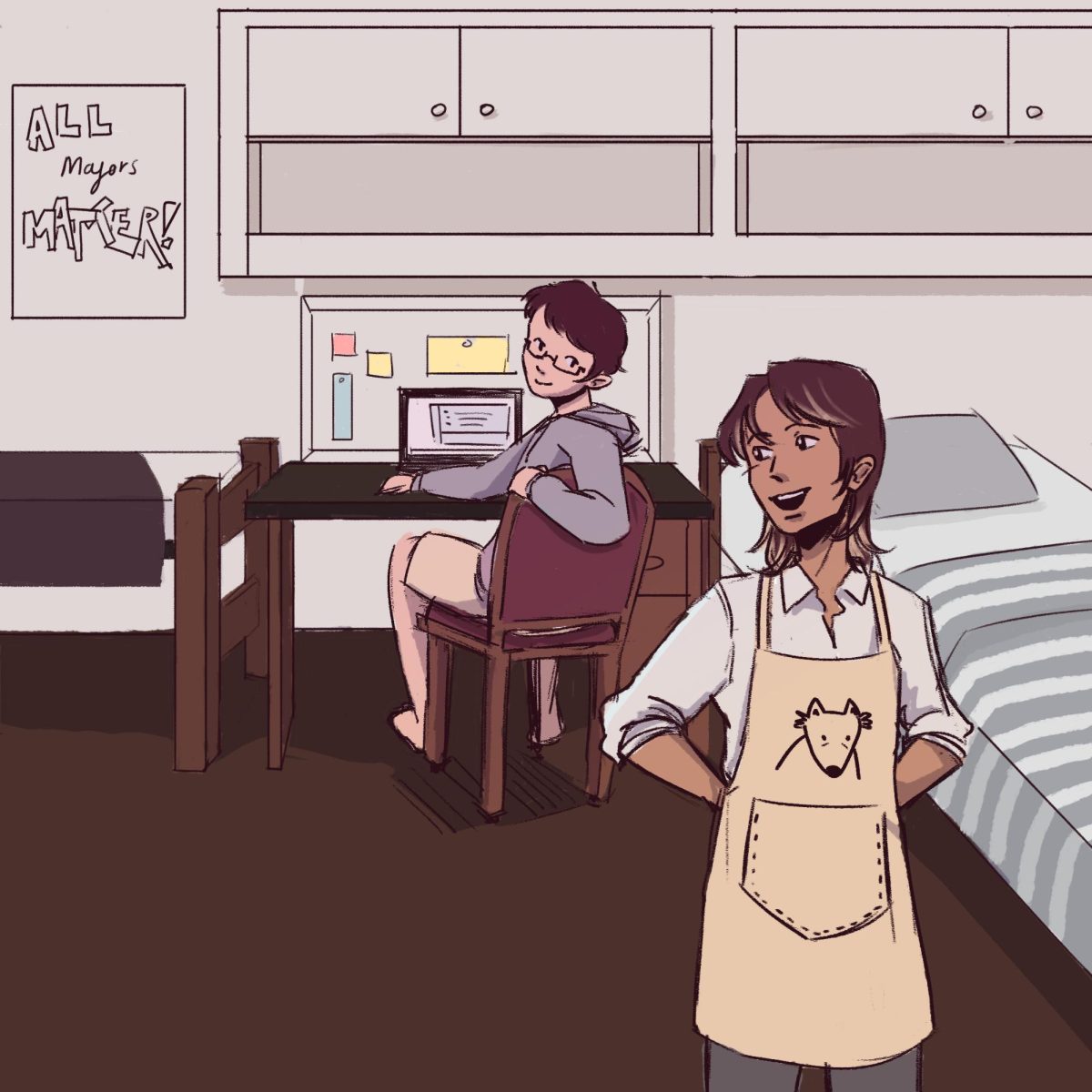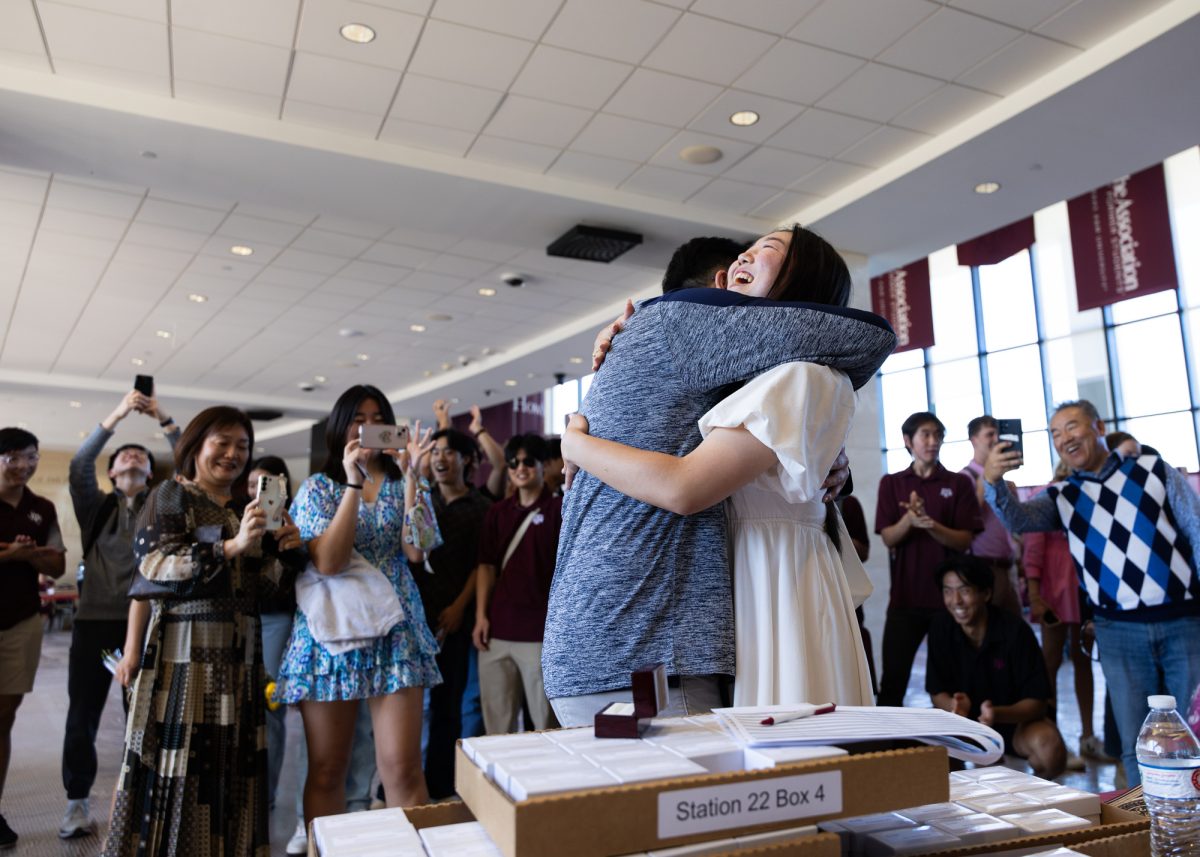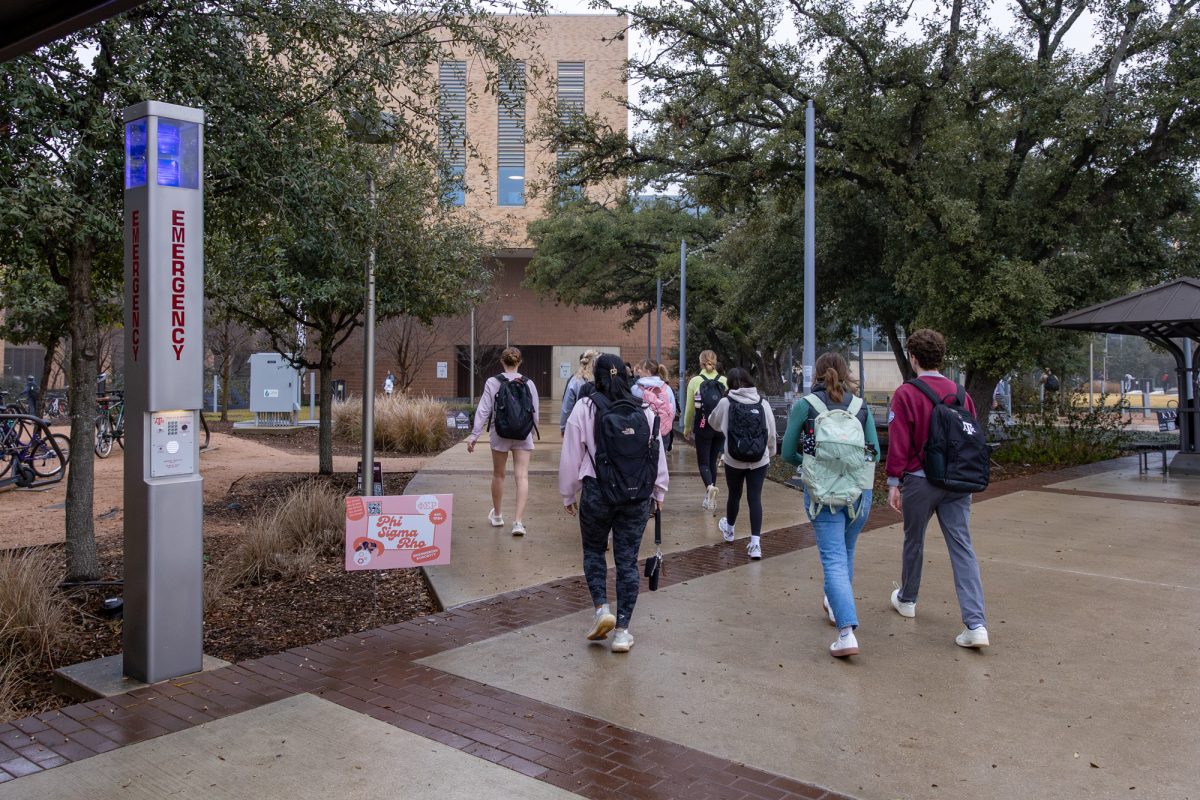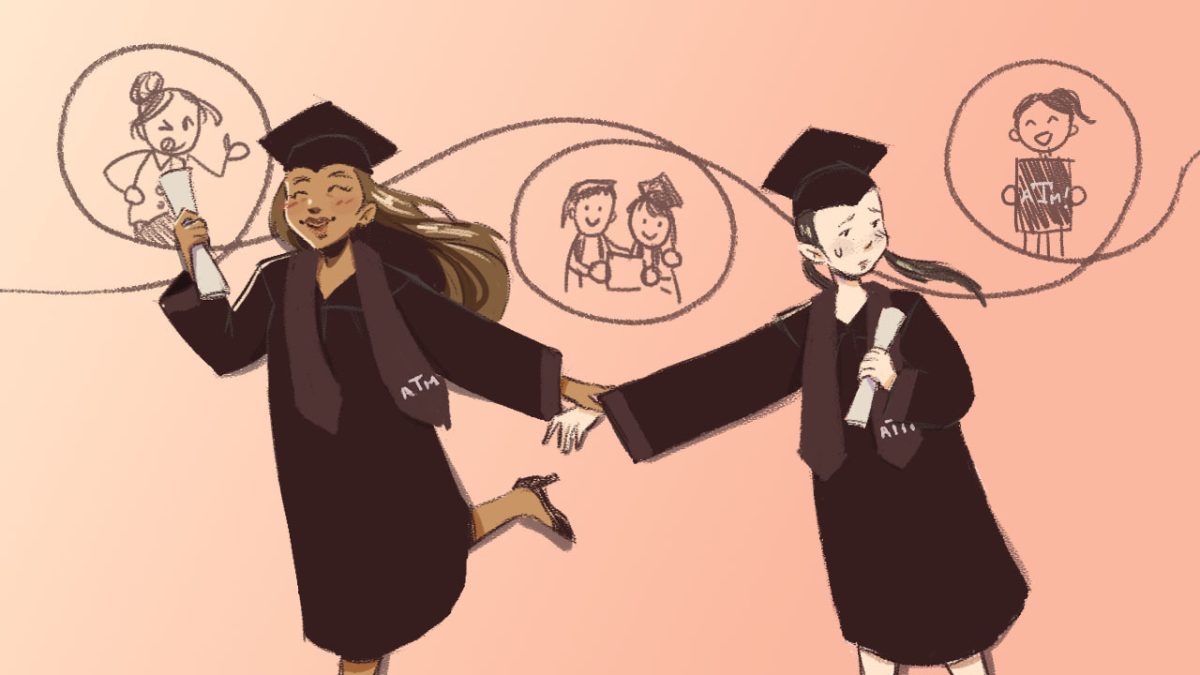In order to better understand the Aggie Spirit in the present, we must acknowledge the historic and public moments of marginalization within the timeline of Texas A&M University. On Feb. 14, President Young acknowledged our past with photos that included “markers of bigotry and prejudice.” It is our duty to engage in these hard conversations so that we better understand the current disparities brought onto our communities. There is no chance for active steps toward a more inclusive environment without fully understanding how our lived experience has been created and perpetuated in the first place.
Illustrated by the Office of Diversity demographic data, our strides in increasing diversity in staff and student demographics have minimized, even reverted, over the last couple of years. From 2013 to 2018, staff demographics have stalled, though I do believe it should be highlighted that black staff decreased by almost two percent. Student retention rates remained consistent for all ethnicities — except black students which have dropped by two percent. Student enrollment rates have also had little increase over the last four years across our minoritized populations, an exception exists to our Hispanic student population. (Whoop to our Hispanic population increased by three percent over the last four years!)
Our numbers tell a story. And while we arrive closer to a Hispanic Serving Institution status, can we truly state our progress is enough? Can many of our minoritized populations call this place home when they see little resemblance around them?
How do we assure these students are not further marginalized? Well, some tangible initiatives that I know Texas A&M could accomplish is if administration could hire more diverse faculty and staff, which they have voiced their support for recently and with abundance. This is especially true when it comes to academic advisers. The more a student can connect with their adviser, not just academically but emotionally as well, the more comfortable and more likely they are to deeper understand their academic journey. The university could also make moves toward funding the proposed Matthew Gaines statue. He was a former slave, later became a Texas Senator, and he supported the bill that allowed Texas to meet the requirements to be able to benefit from the Morrill Act. It was this act that then allowed Texas to acquire the land in which we stand on today and call Texas A&M University! The statue won’t “fix” anything by itself, but it certainly will symbolize a shift for the university. A display of our historical efforts that actually celebrates diversity, rather than hides it, makes a definitive statement to celebrate those not typically highlighted within our proved history.
So, although administration has the authority to make large leaps, the real power really resides among the student population. We must make the future we want to see then. It is up to us to lead the conversation of love and respect, both of which I believe is at the core of being an Aggie. We must learn to listen to our peers’ stories about resilience and learn to cultivate unity. It is in our mundane everyday lives in which we can take small actions toward inclusivity that collectively create the largest impact in the future of Texas A&M.




